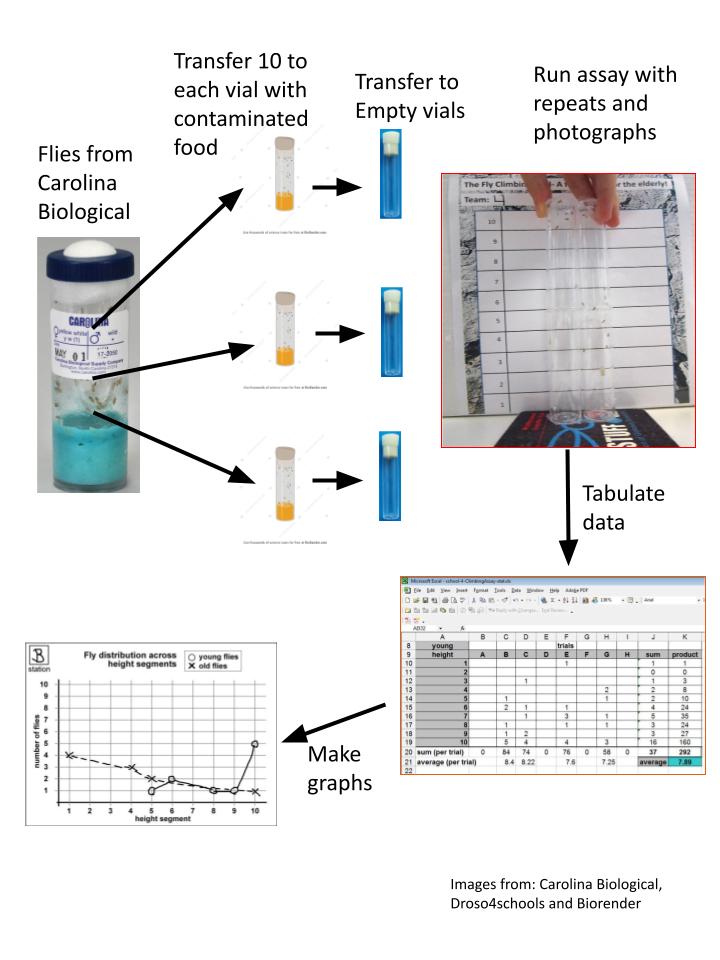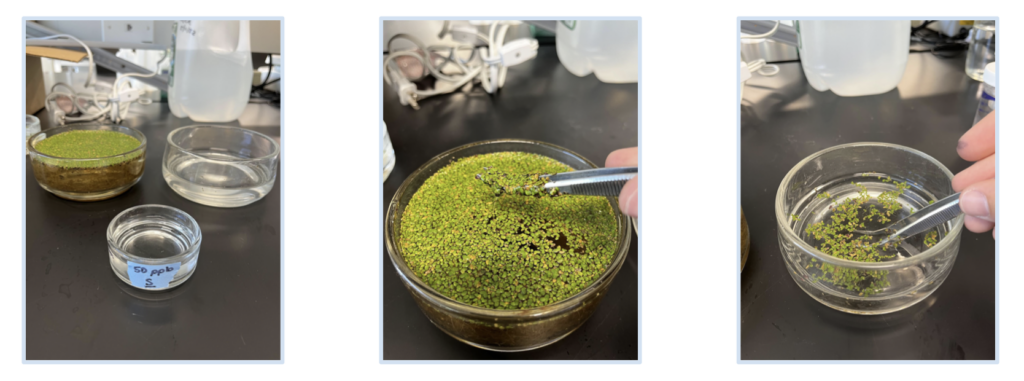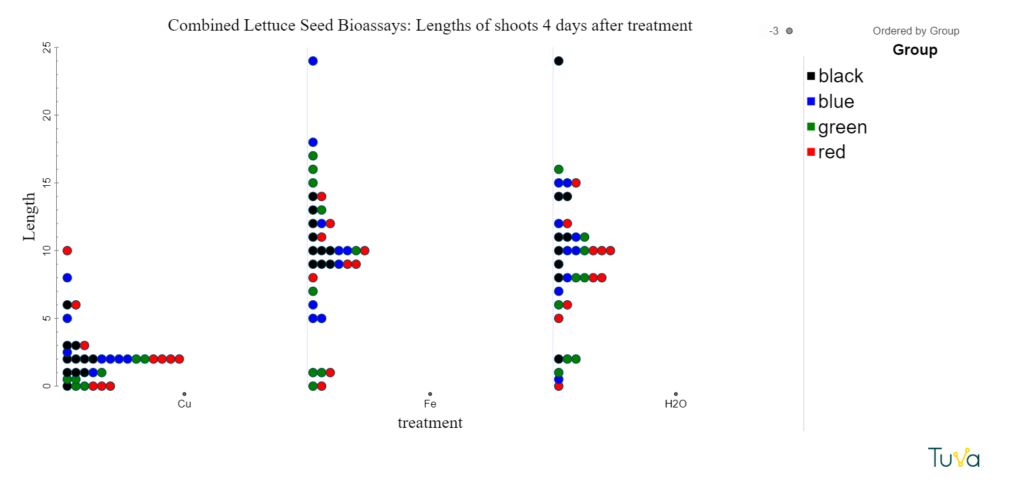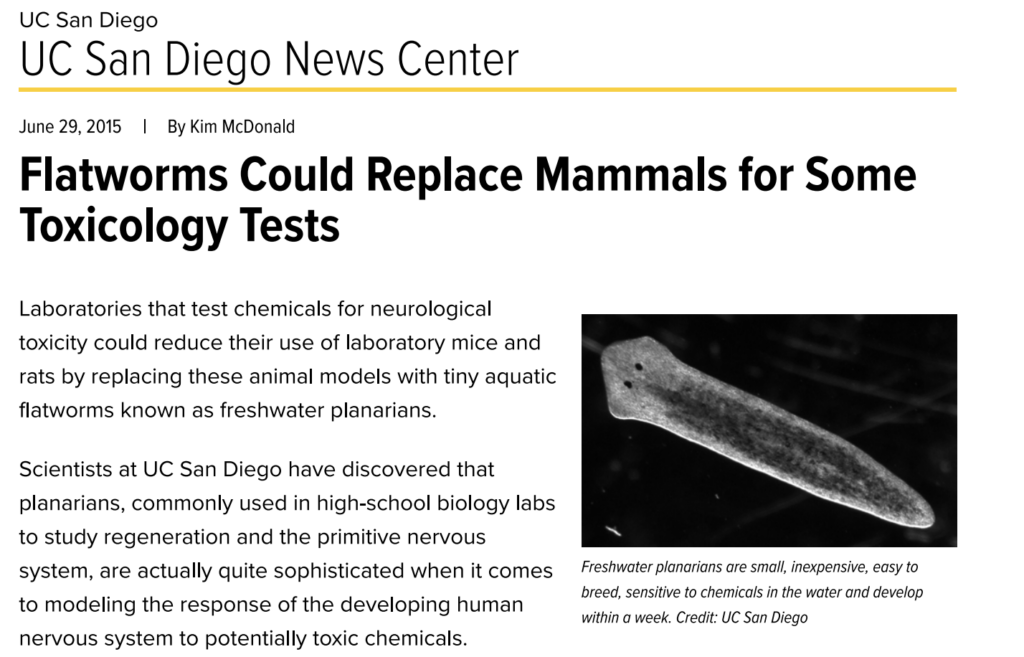Bioassay: is an experiment that uses living things to test the toxicity of chemicals.
Environmental Inquiry provides a collection of background information, experiments, reports, and other curricular materials for high school students. Check out their Toxicology Bioassays section, which has experiments using Duckweed and Daphnia. Each teacher will receive a copy of the book Assessing Toxic Risk, which has additional materials for teaching.
Sarah Dunbar, M.Ed, from the Mount Desert Elementary School developed 2023 bioassay curriculum in addition to what’s below. Explore some of her recent work at the following links.
Annelid Bioassay
The annelid worm Lumbriculus variegatus has been used to study the effects of environmental toxins, especially in sediments, as the worms generally live partially embedded in stream bottoms. They are easy to culture in water. The worms display several characteristics that can be measured, including escape responses triggered by touching and regeneration after fission. They naturally reproduce by asexual fission, but can also regenerate the missing end and become a complete worm if halved by amputation. Scientist partner, Dr. Judith Roe from University of Maine at Presque Isle has developed two assays, one to test effects of toxins on behavior and the other to test effects of toxins on regeneration. Annelid worms can easily be reared in the classroom and students can learn to handle the worms and distinguish the head and tail ends of the animals for analysis of behavior and regeneration.
Drosophila Locomotion Bioassay

Below you will find materials for a simple behavior assay of Drosophila locomotion. This assay is a way to test whether exposure to a toxin or other substance has affected basic locomotion (climbing capability) in adult fruit flies. There are different versions of this and you can also modify it if you want to. Anything that affects the neurons or muscles will affect locomotion.
Duckweed and Arsenic Growth Bioassay
The purpose of the Duckweed growth bioassay is to investigate the effect of varying arsenic concentrations in water on the growth rate of plant life. This slideshow will give a walkthrough of the preparation of a sample based in a 50 ppb arsenic solution. The full protocol uses triplicates of samples based in 0, 50, and 100 ppb arsenic solutions. The samples should be left to sit for a few days, with regular monitoring and re-counting of the duckweed leaves to track change.

Lettuce Seed Germination Bioassay
This assay involving lettuce seeds and metals aims to evaluate the effect of various metal solutions on the germination of lettuce seeds, and raise awareness about the effects of contaminants on living things.
Below is a graph of combined data from lettuce seed bioassays by four groups of students. Data were analyzed using Tuva software. Seedling growth was impeded by exposure to copper sulfate. Lettuce seeds exposed to iron sulfate did not grow differently than seeds exposed to deionized water. What other chemical exposures might have an effect on seed germination or growth? Check out our Bioassay Digital Interactive Notebook for more challenges.
A step-by-step method can be found in this PowerPoint presentation on lettuce seed bioassays.

Planaria Bioassay

The Planaria bioassay resources you will find below focus on conducting experiments that will analyze the effects of toxic compounds on the behavior of a simple invertebrate. Planaria are one of many free-living flat worms that can be found in marine, aquatic, and terrestrial environments and are a great model organism for studying the impact of toxic compounds on invertebrates.